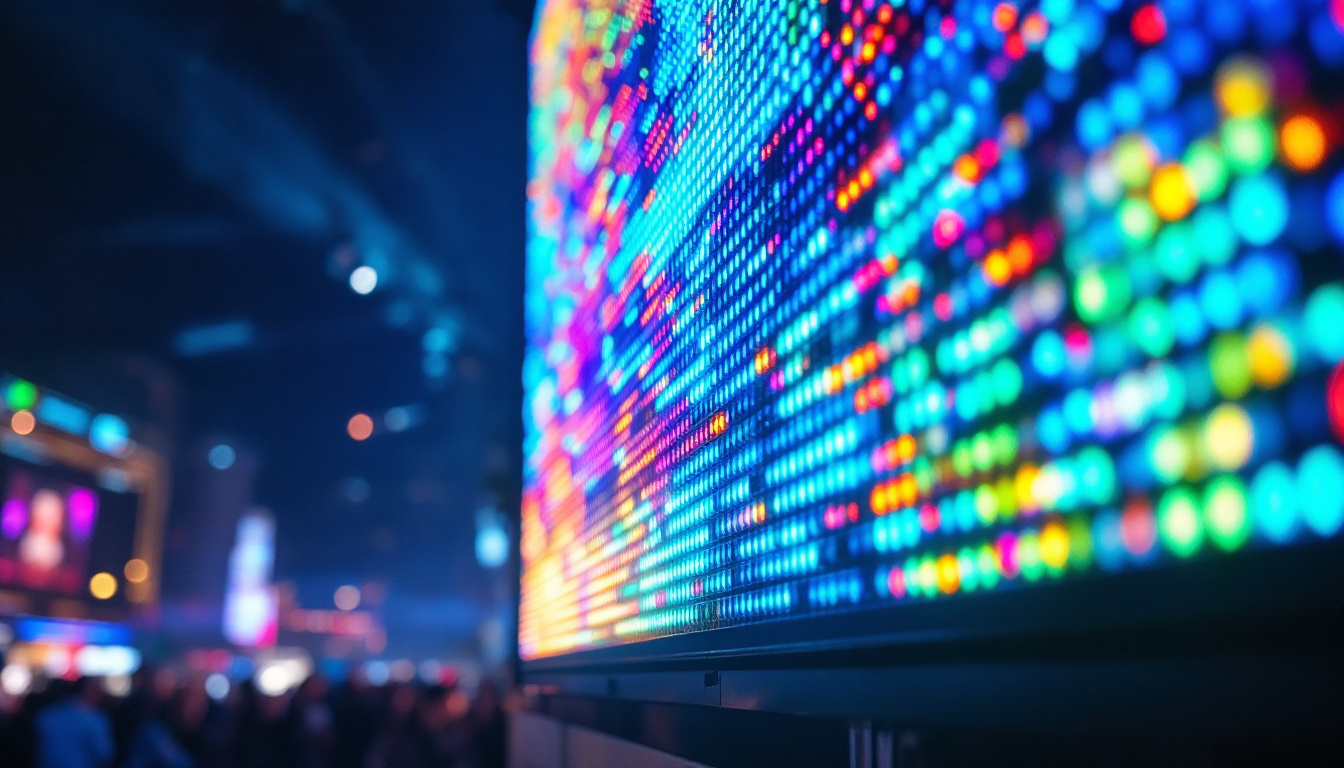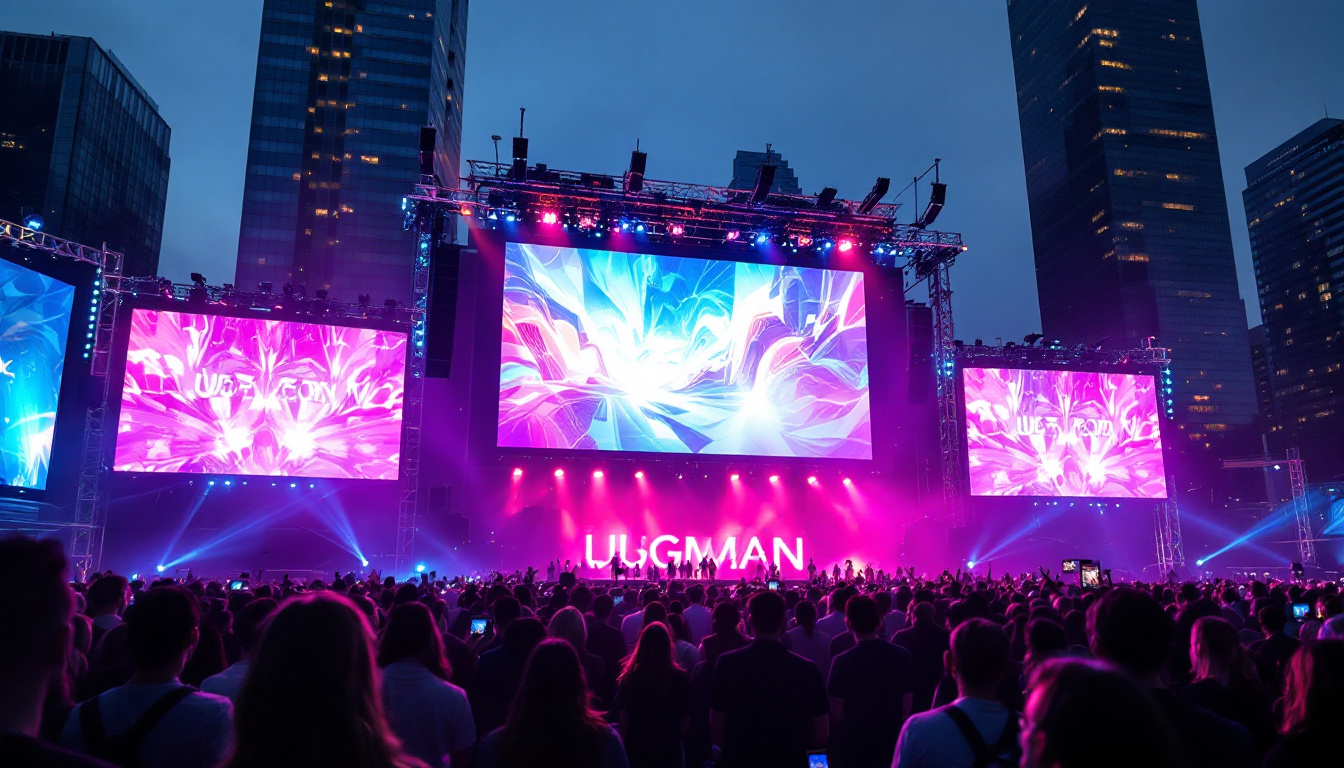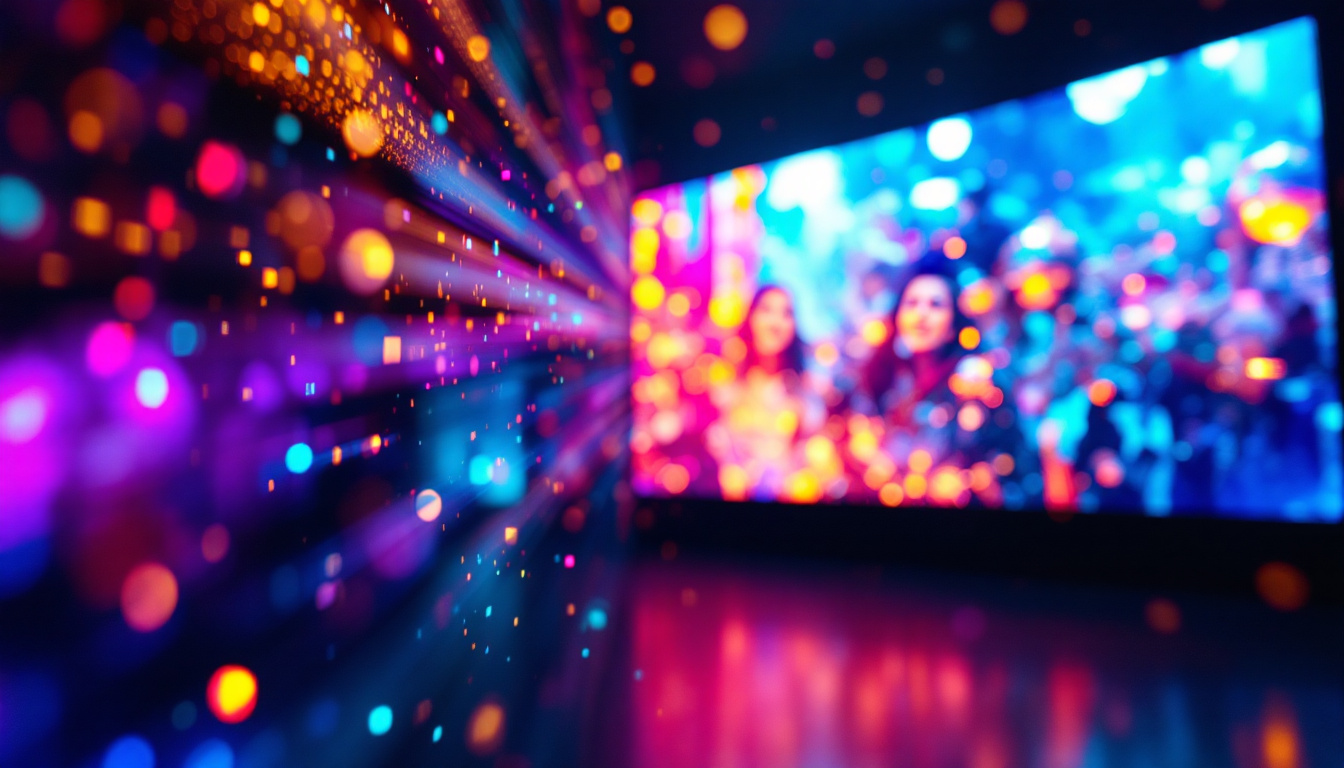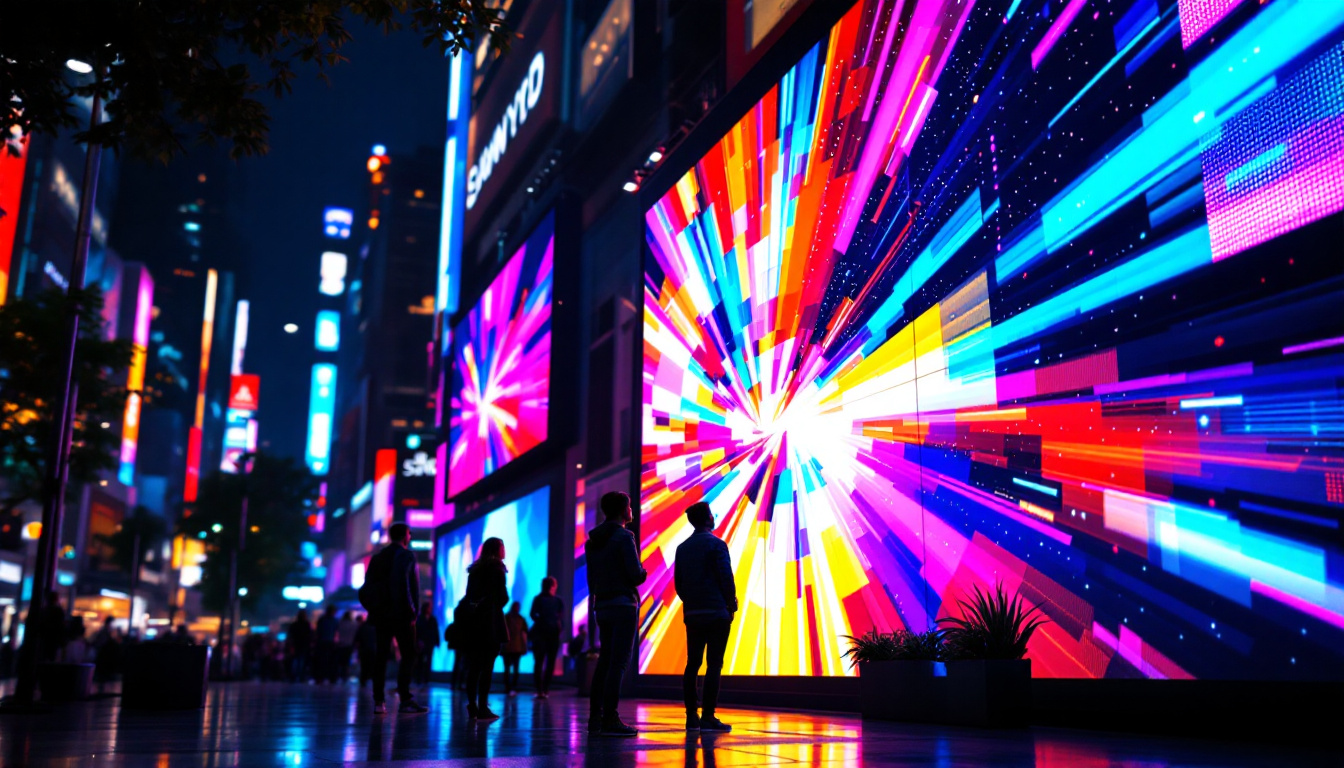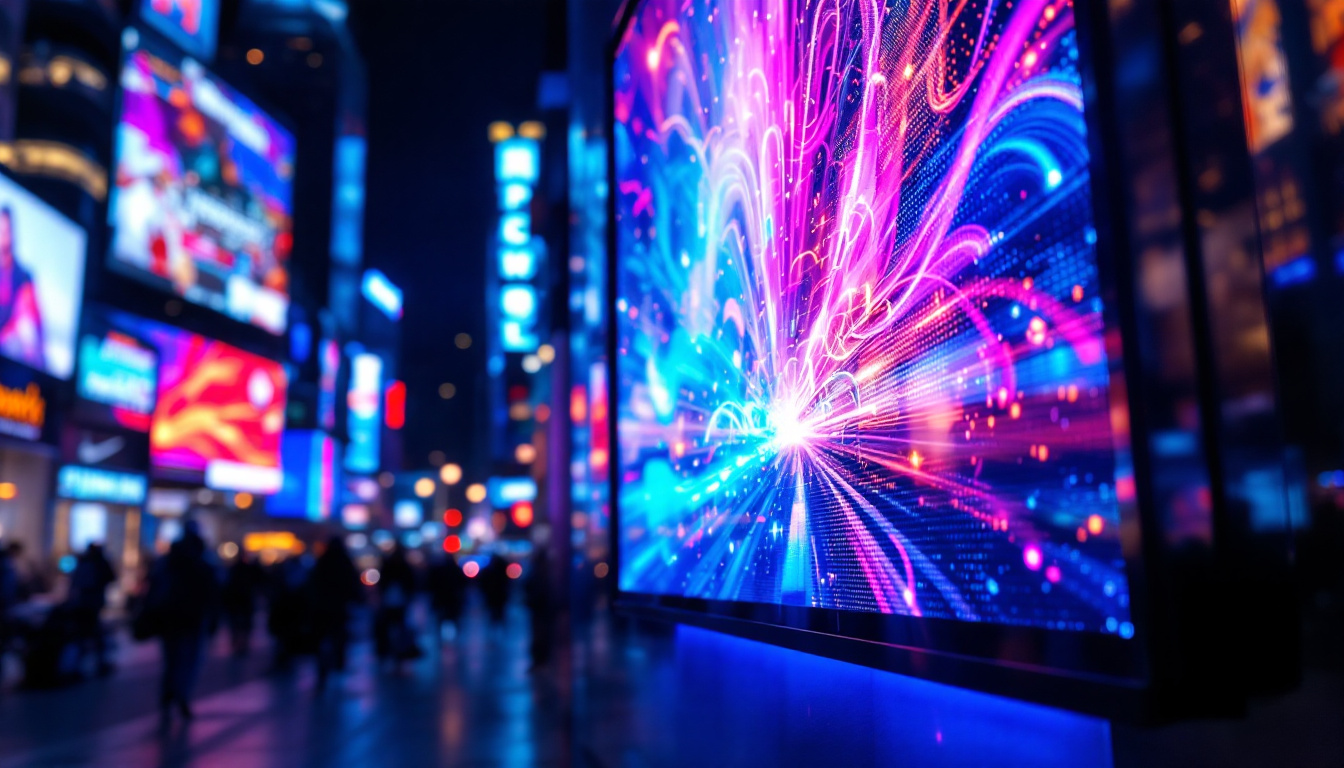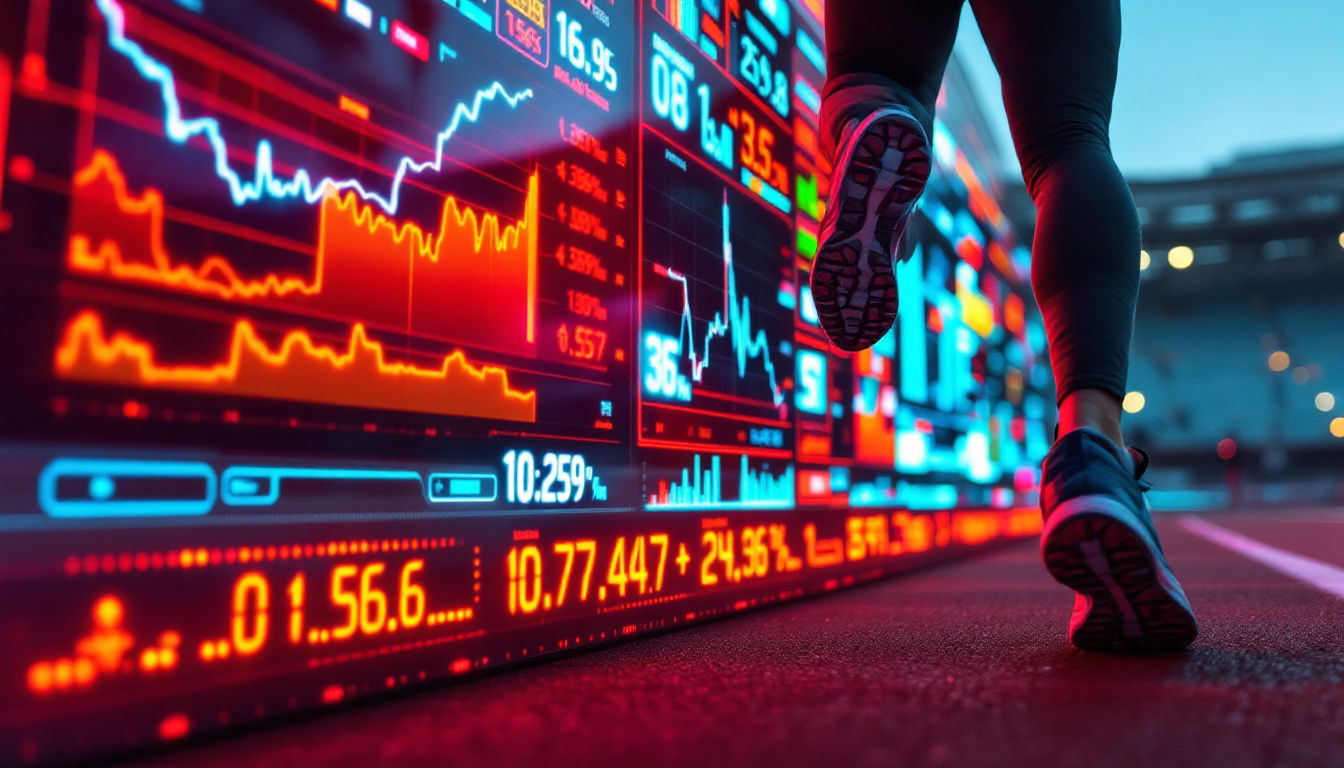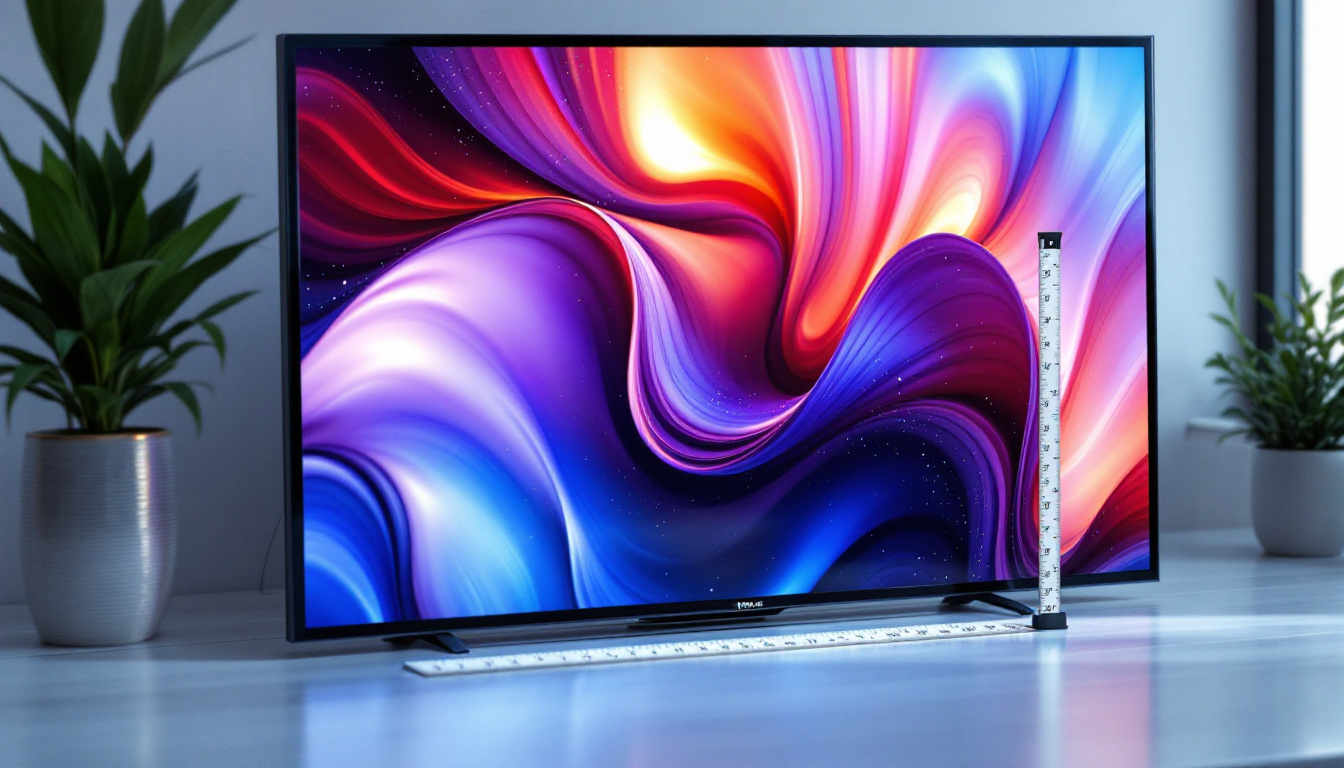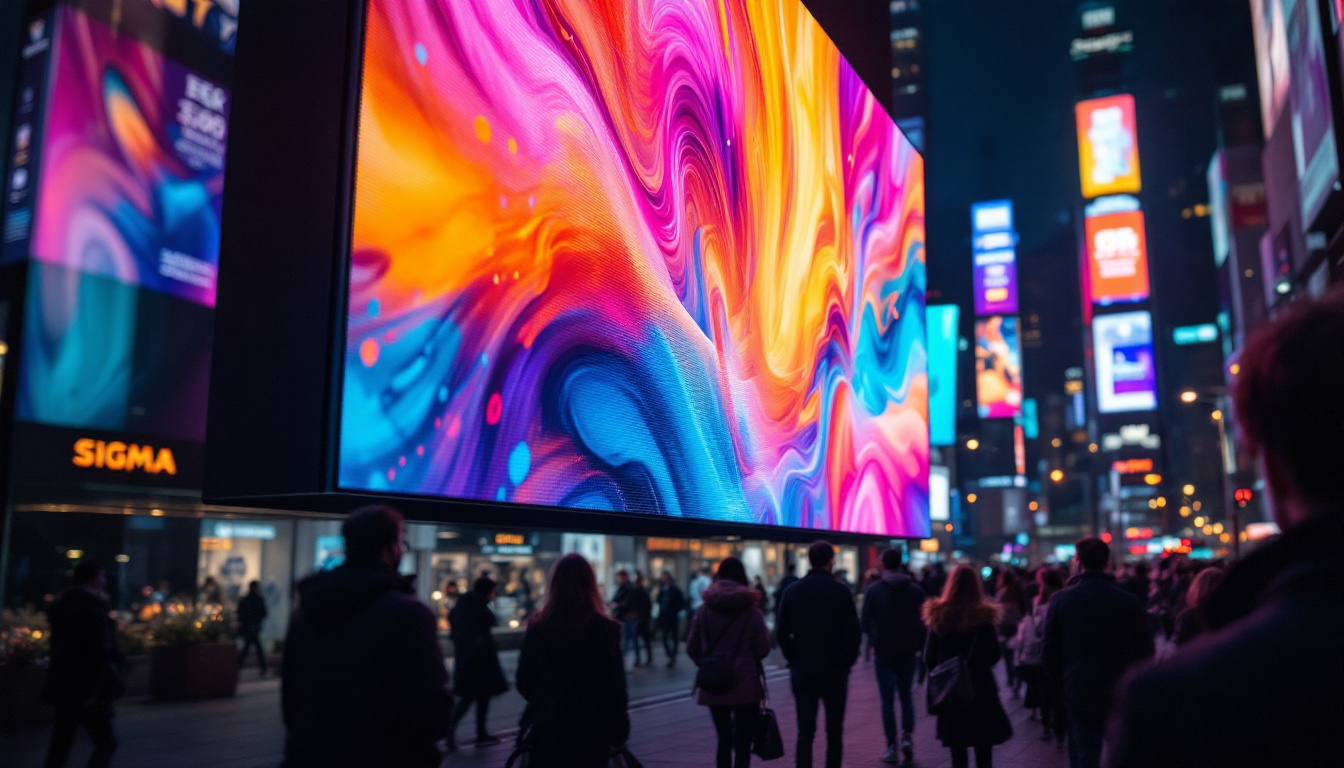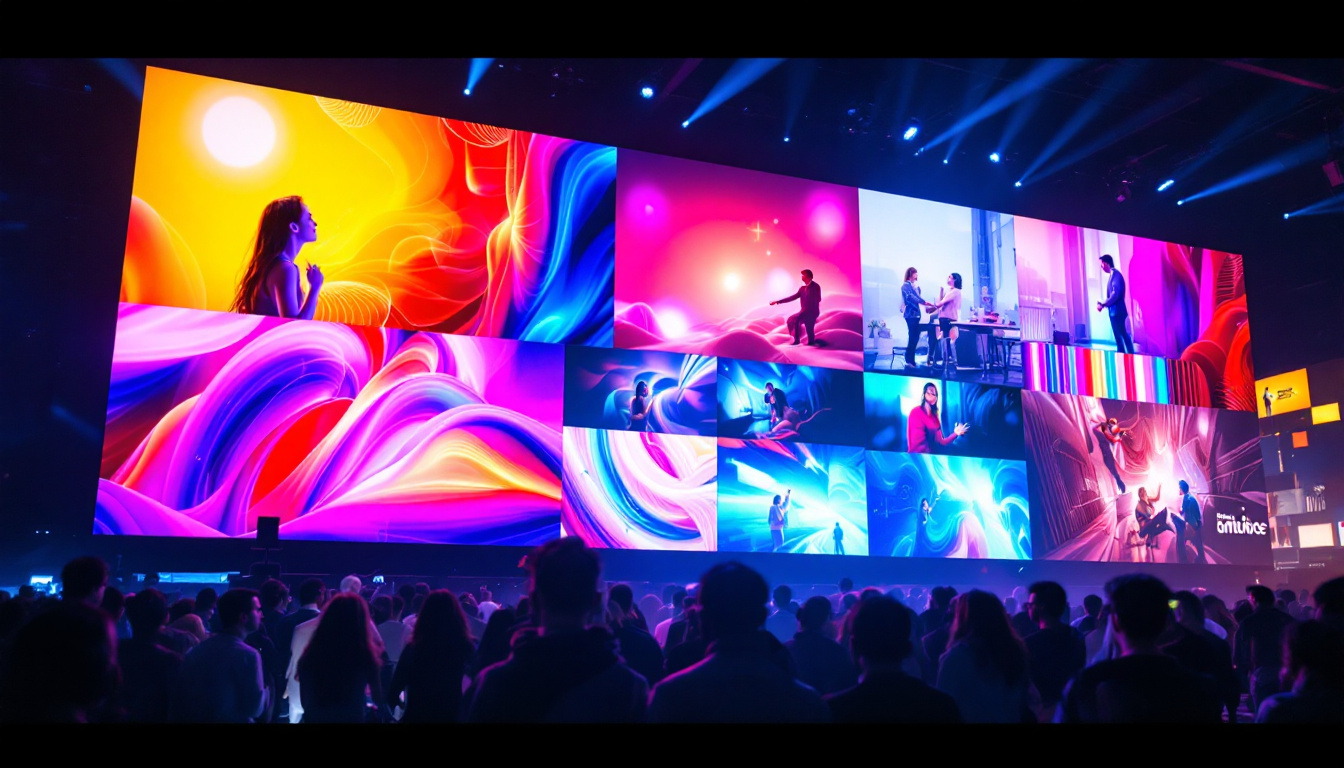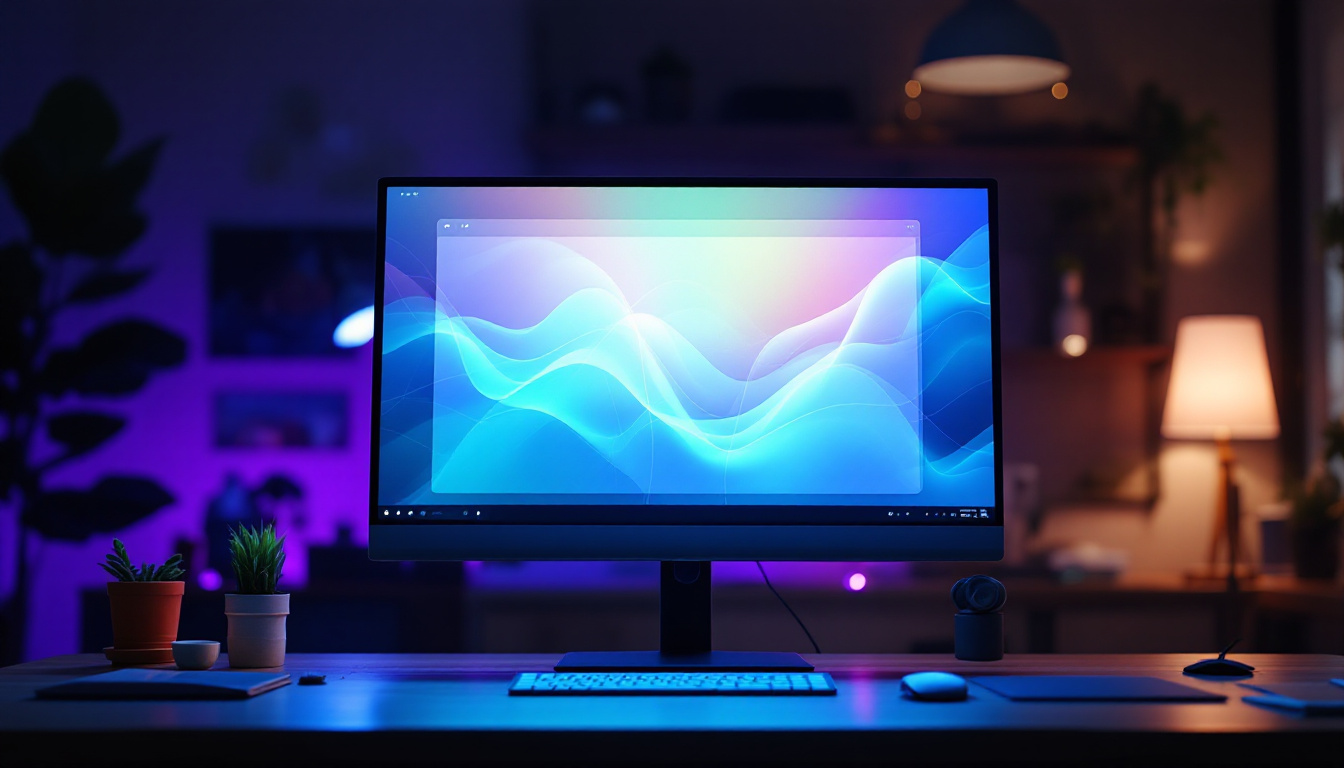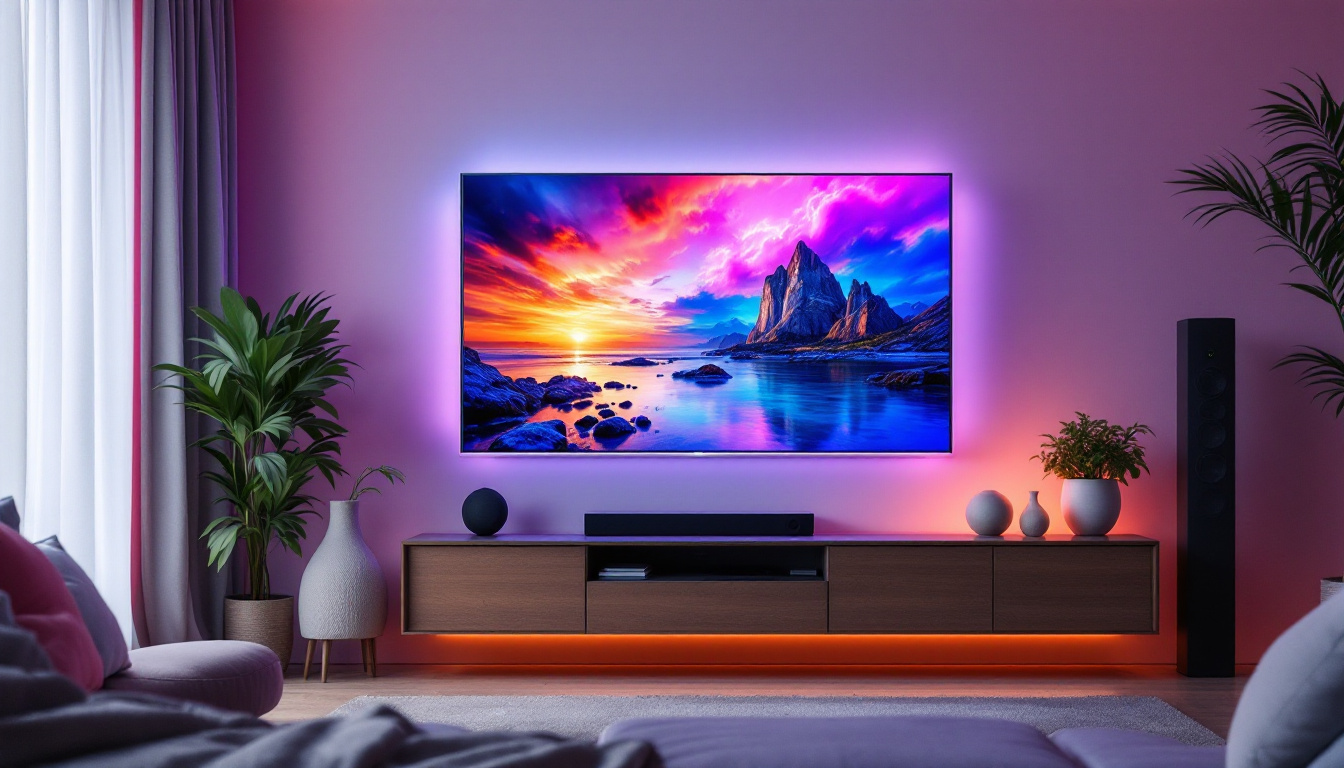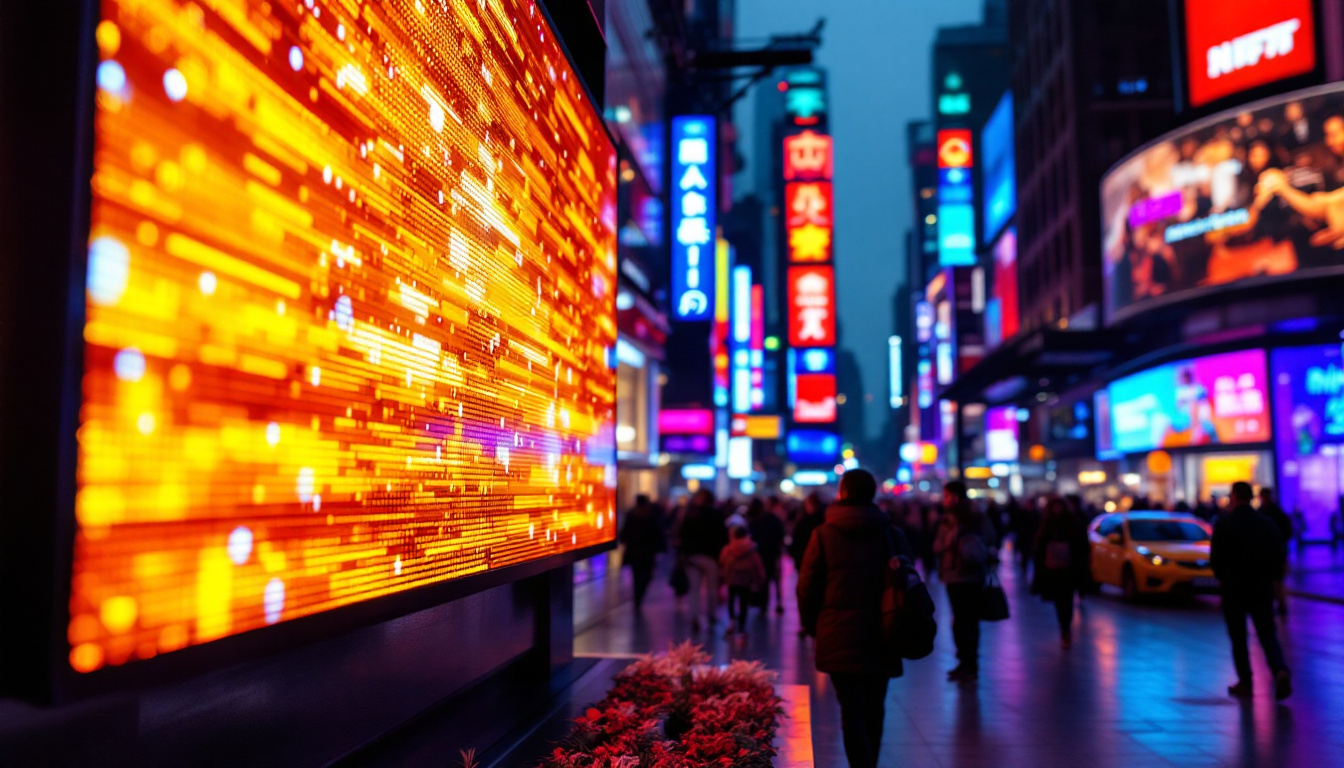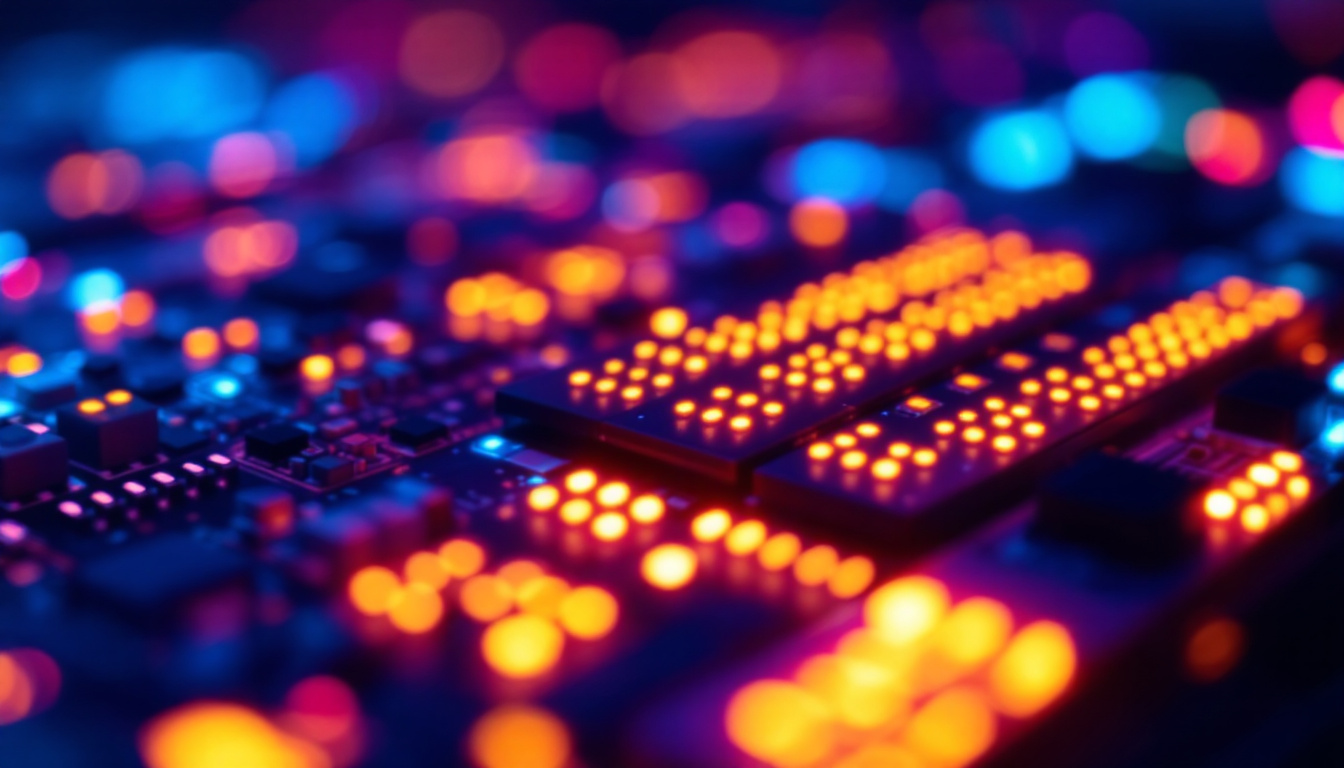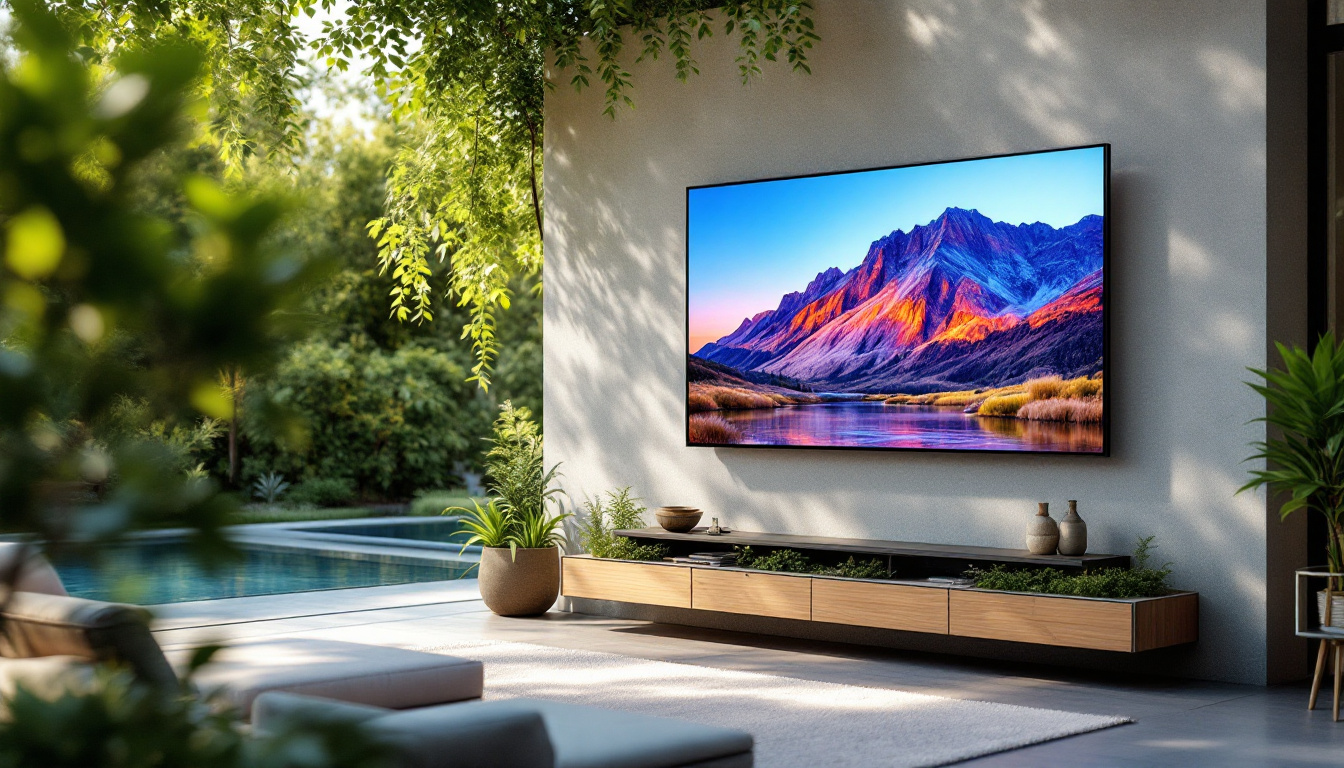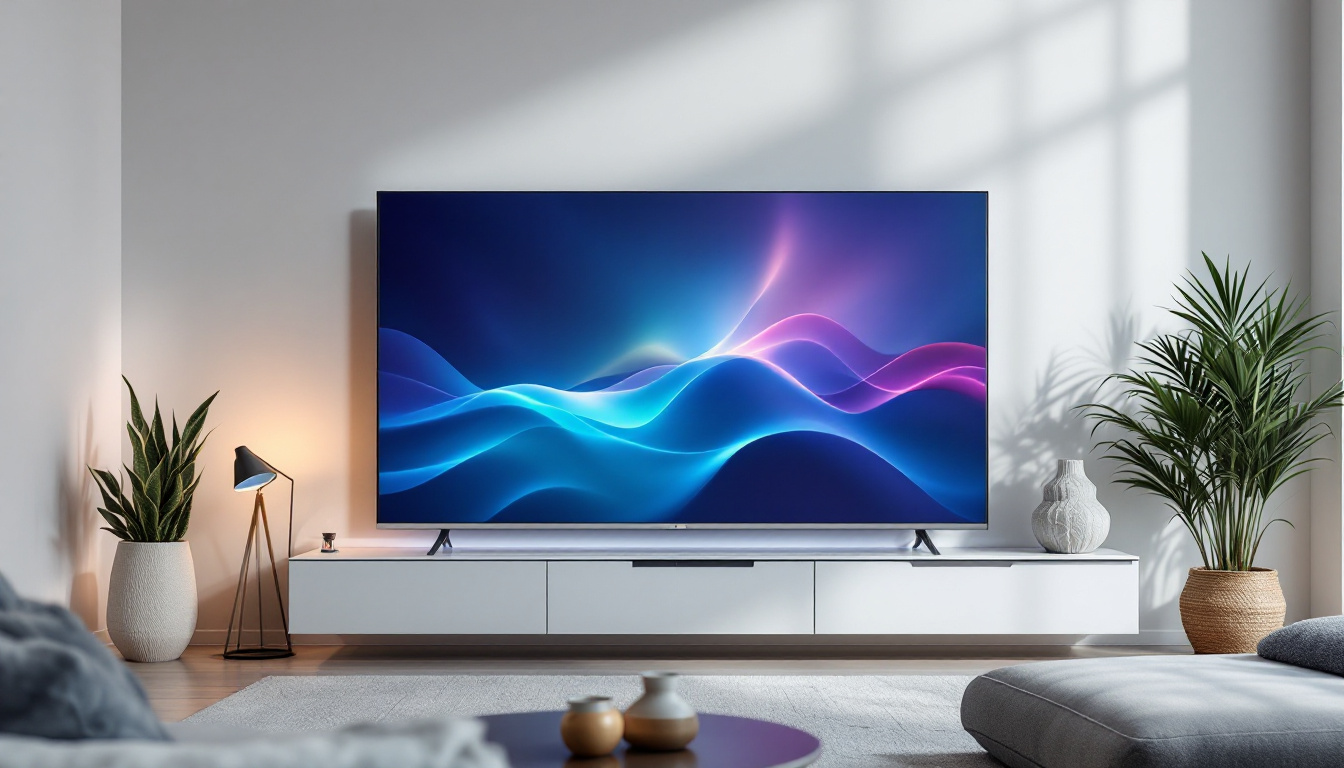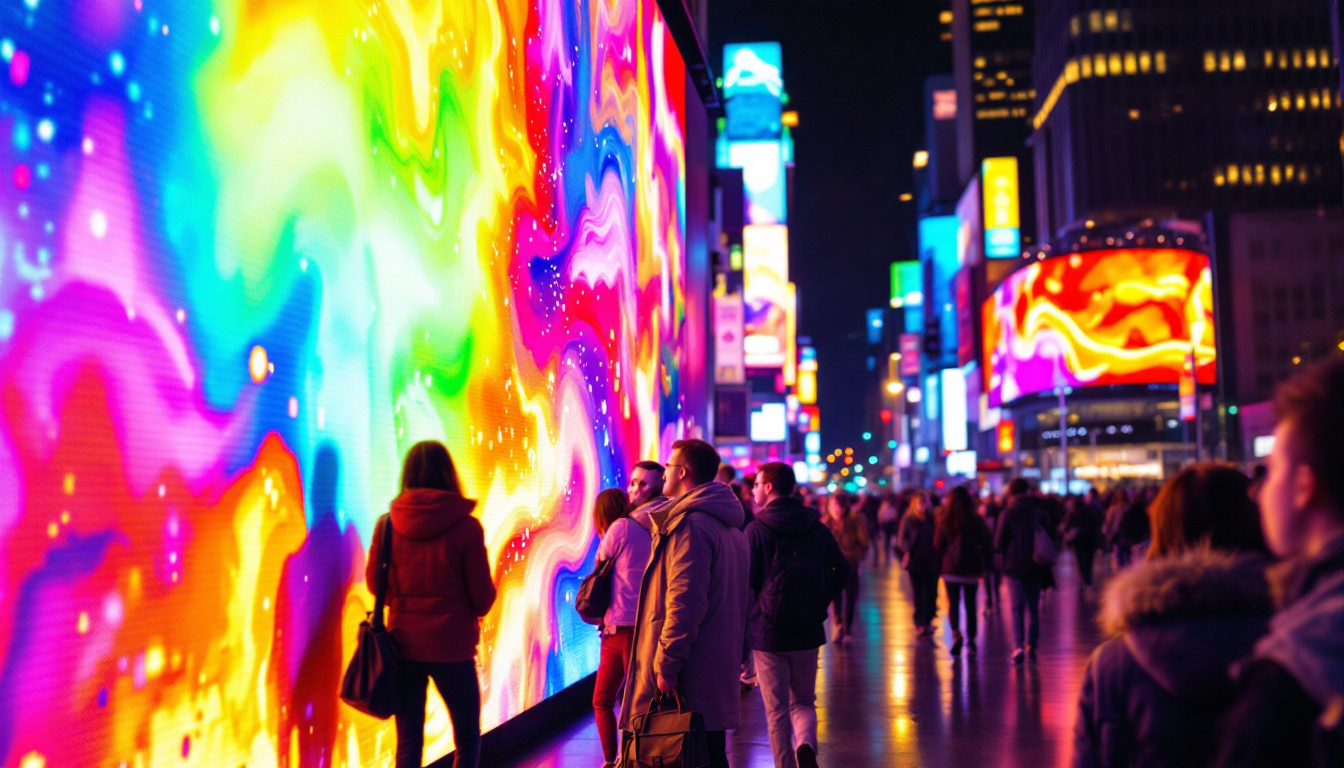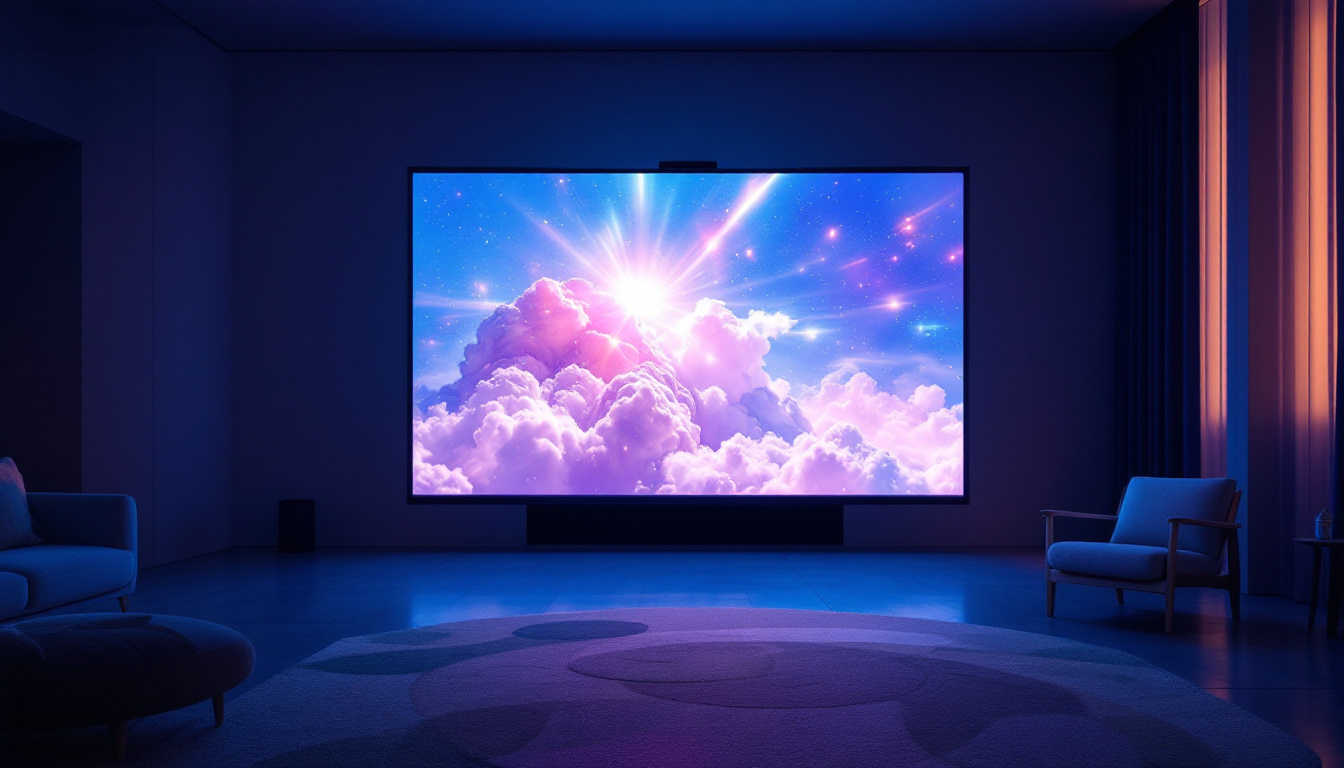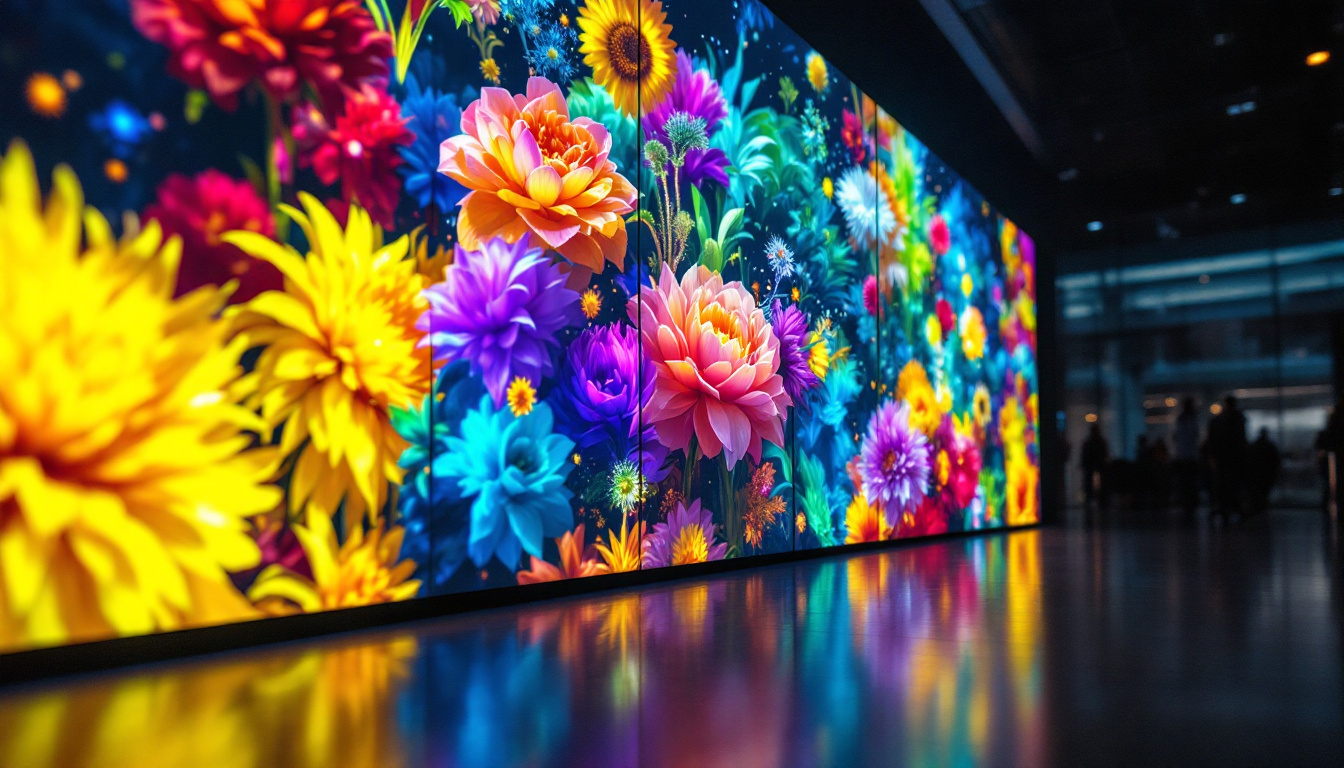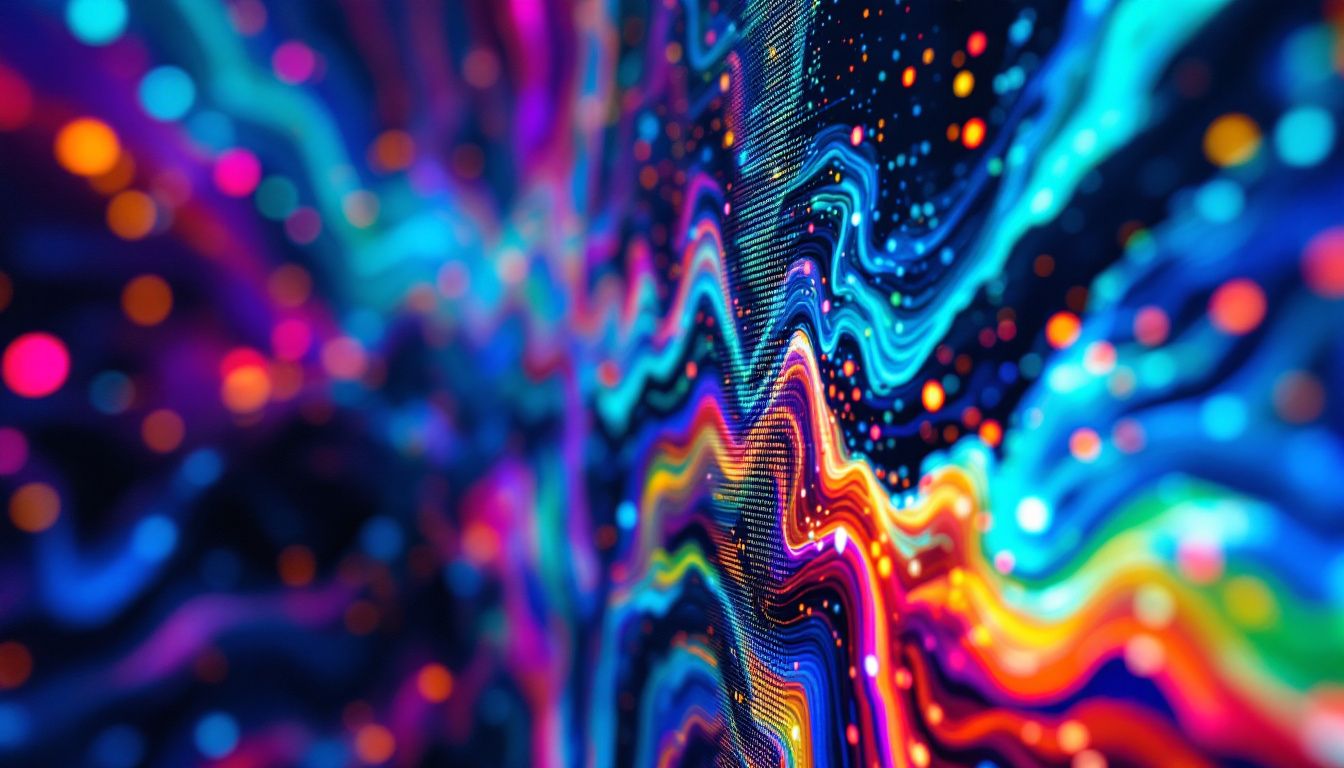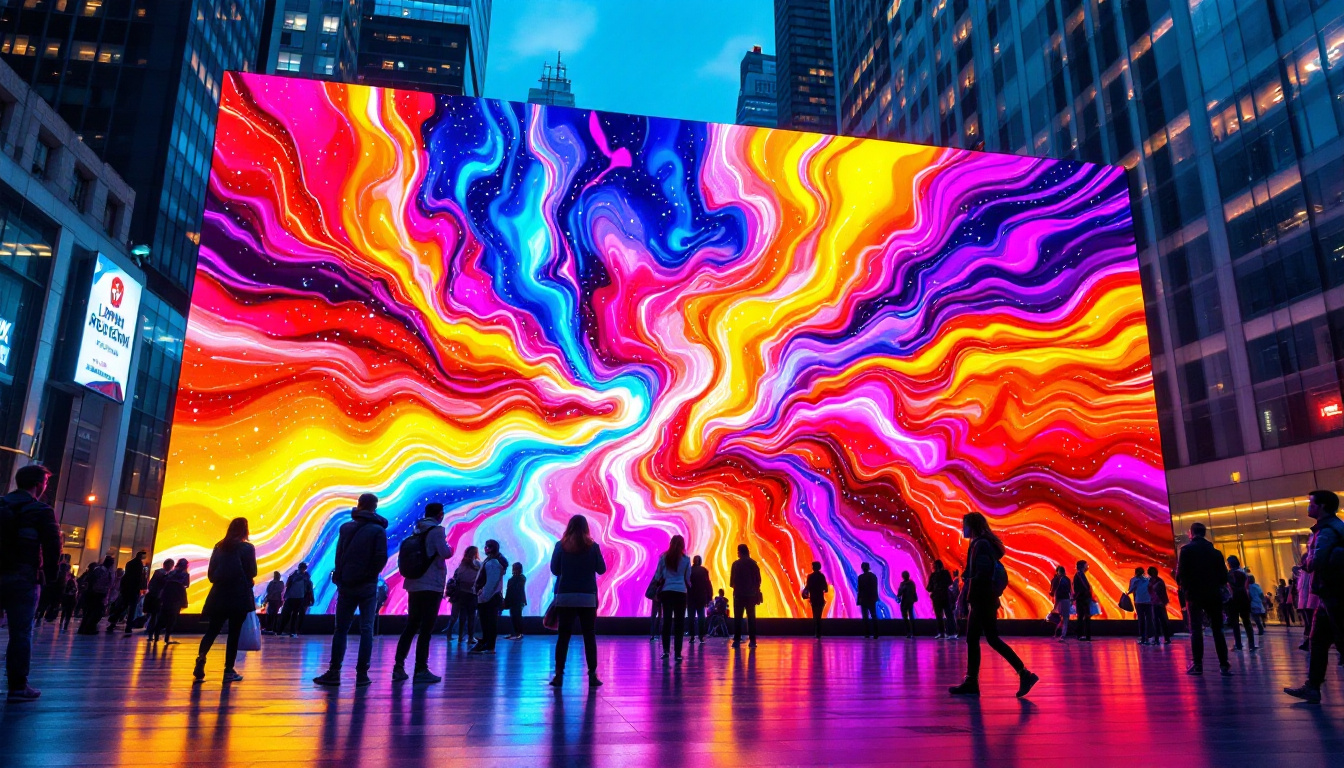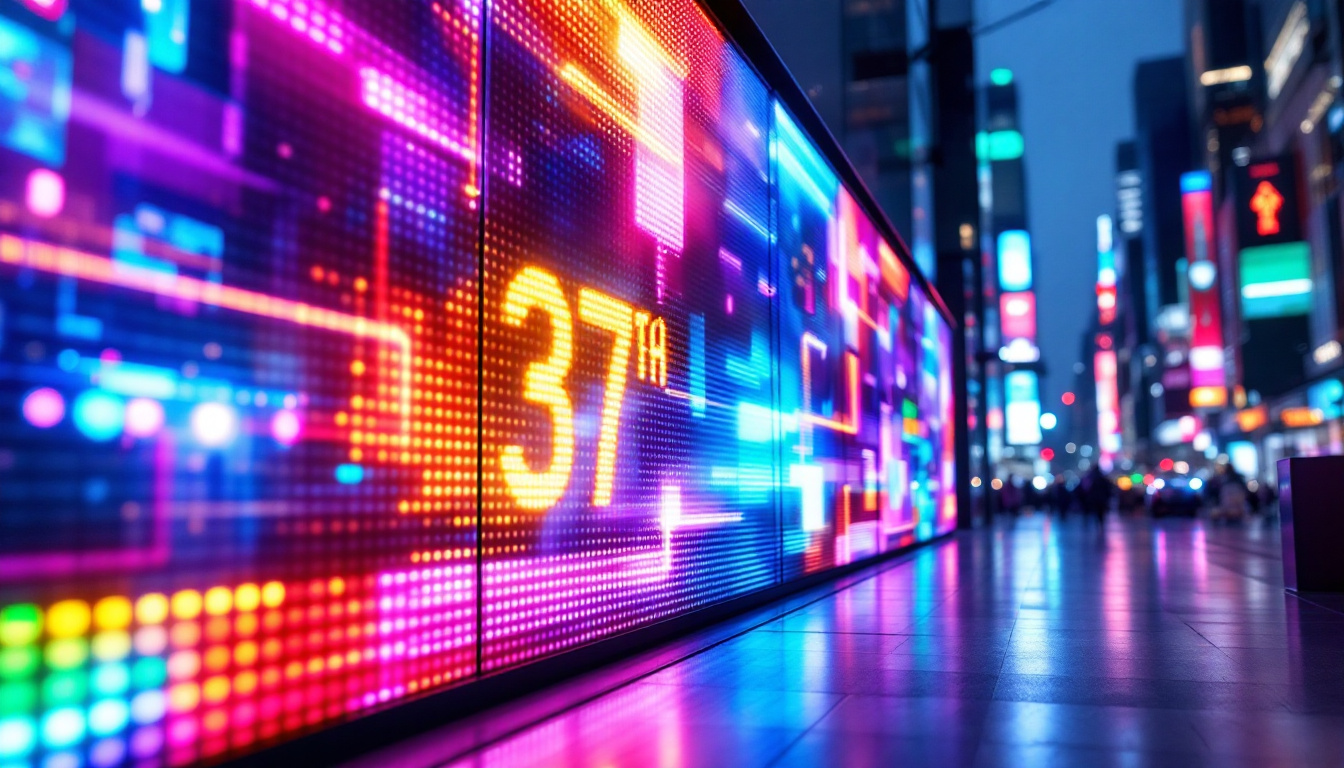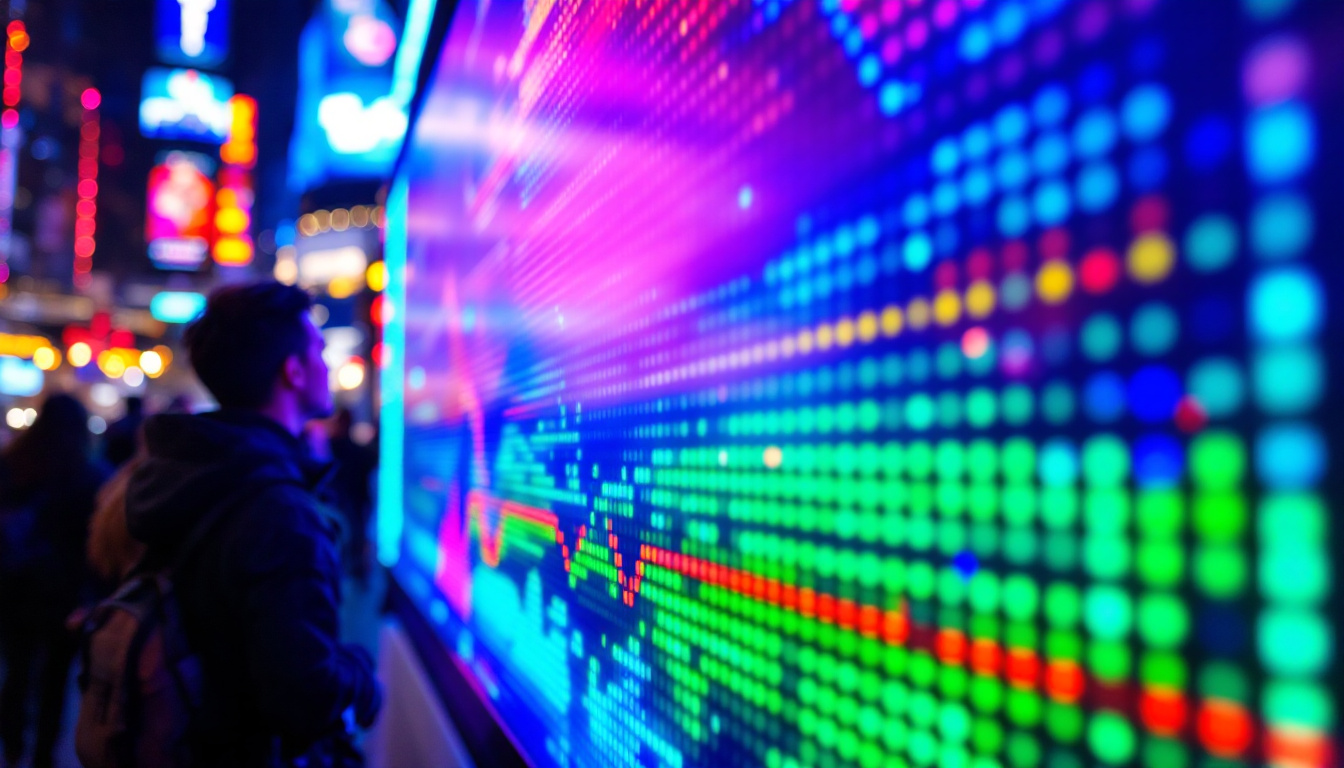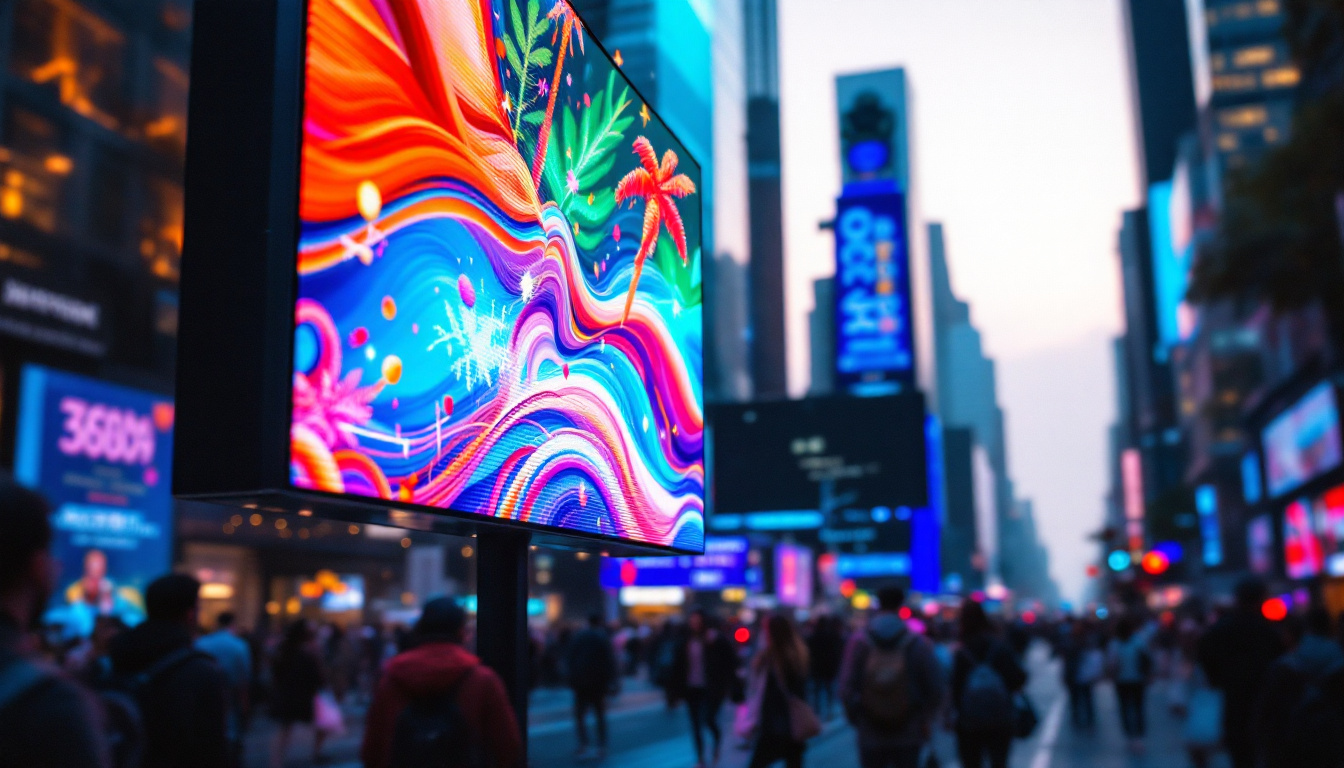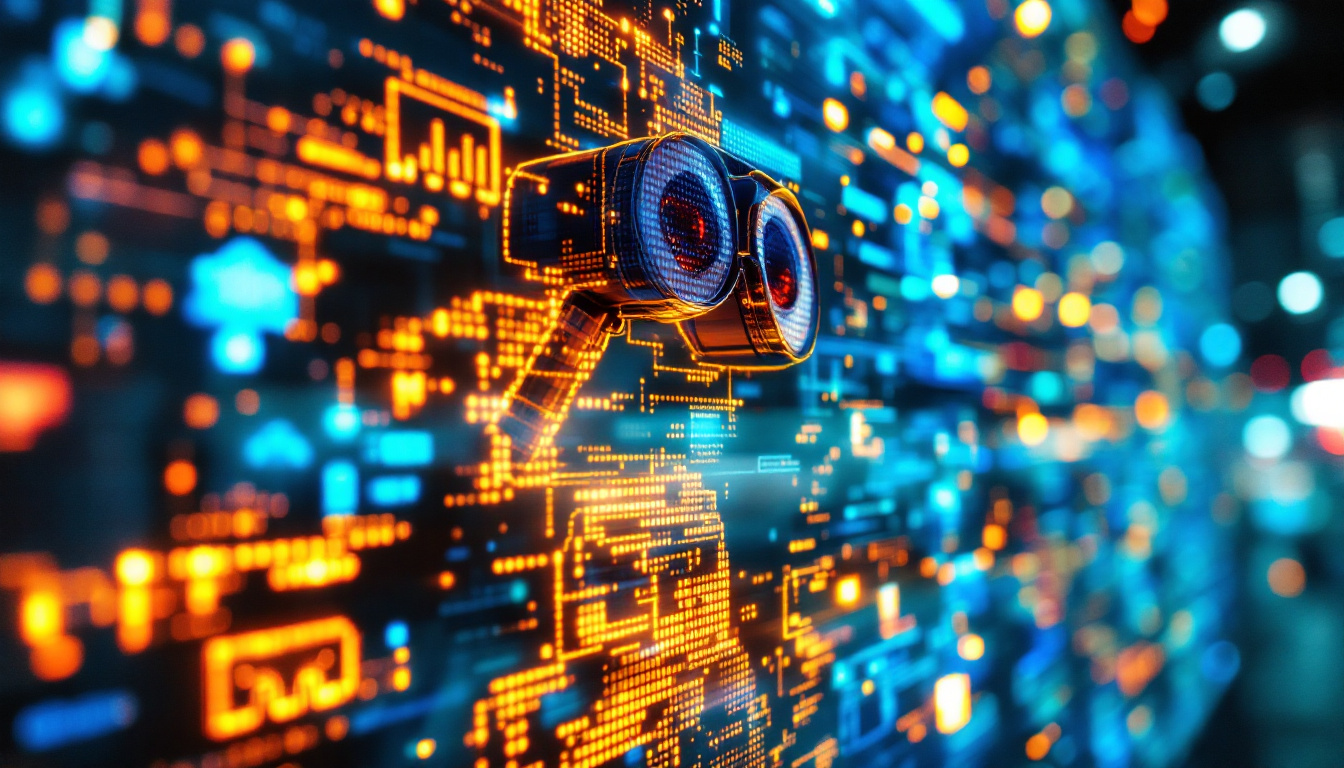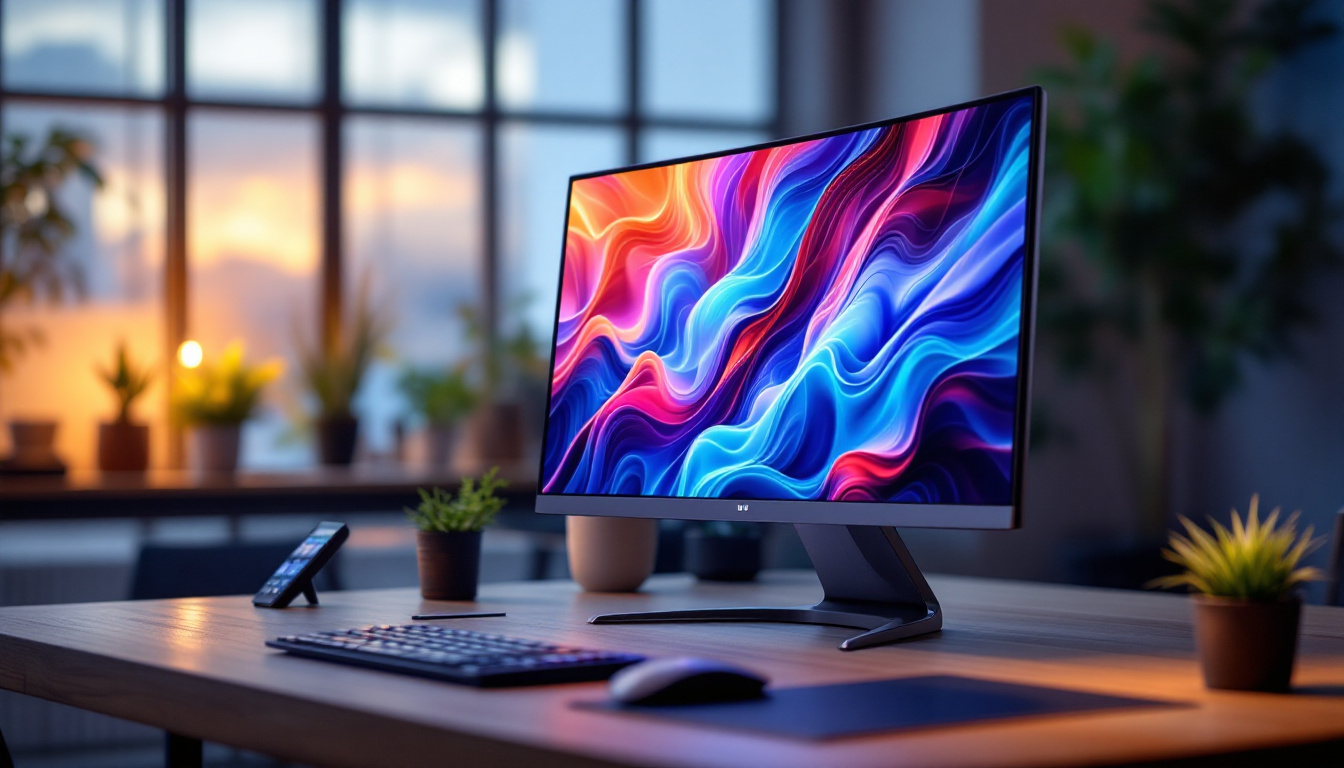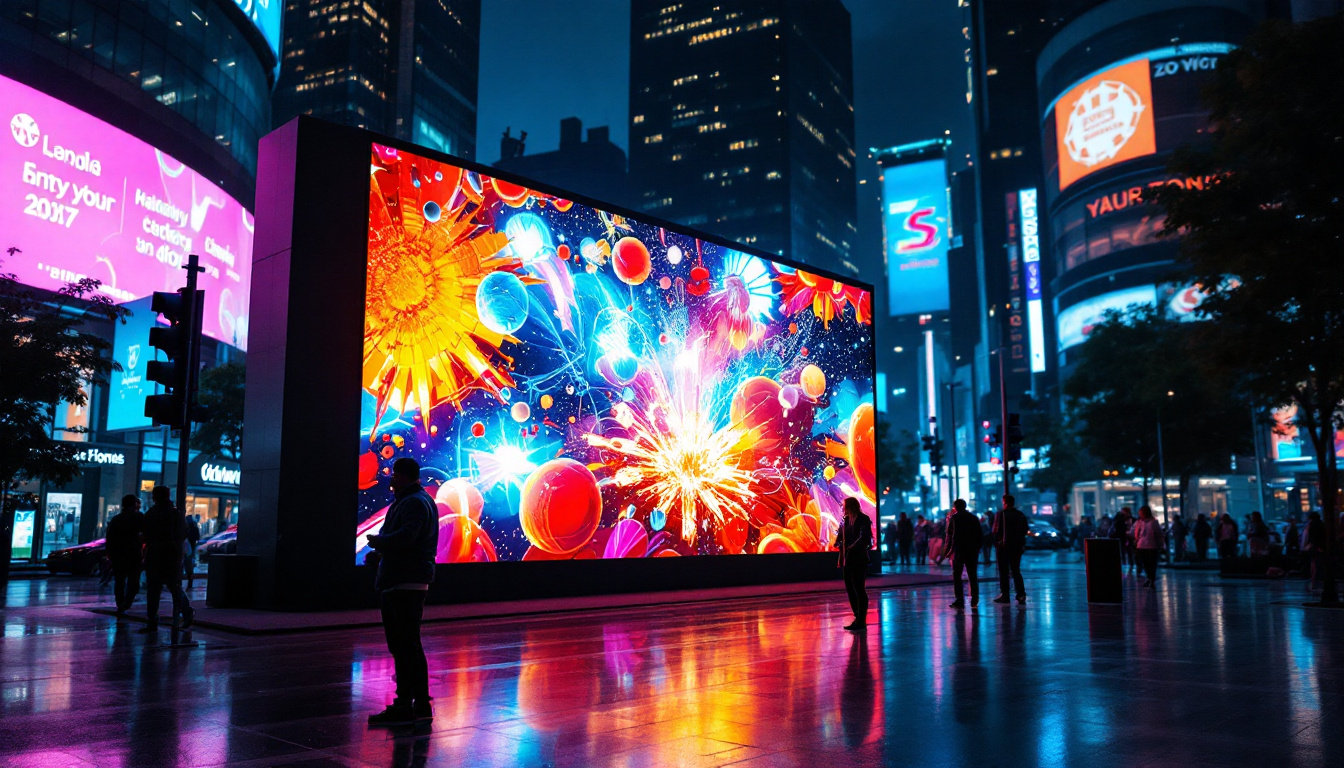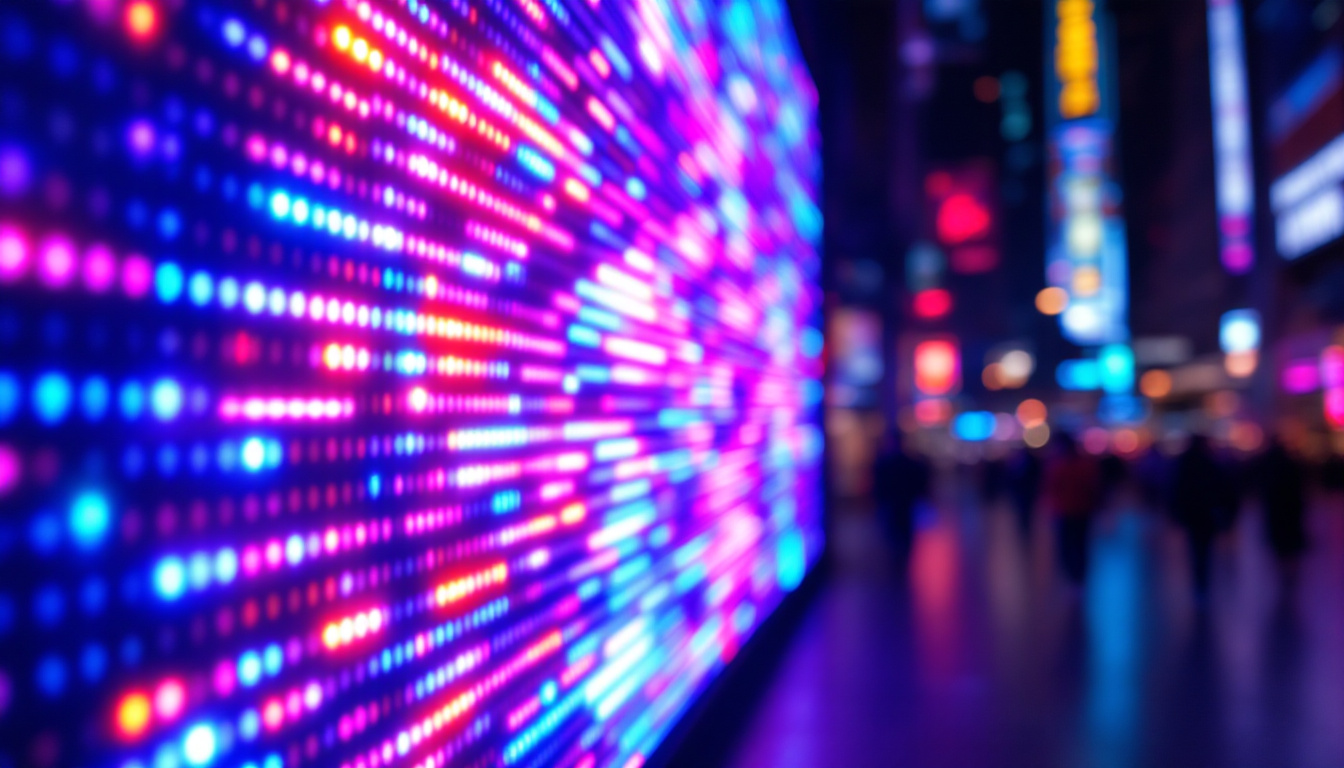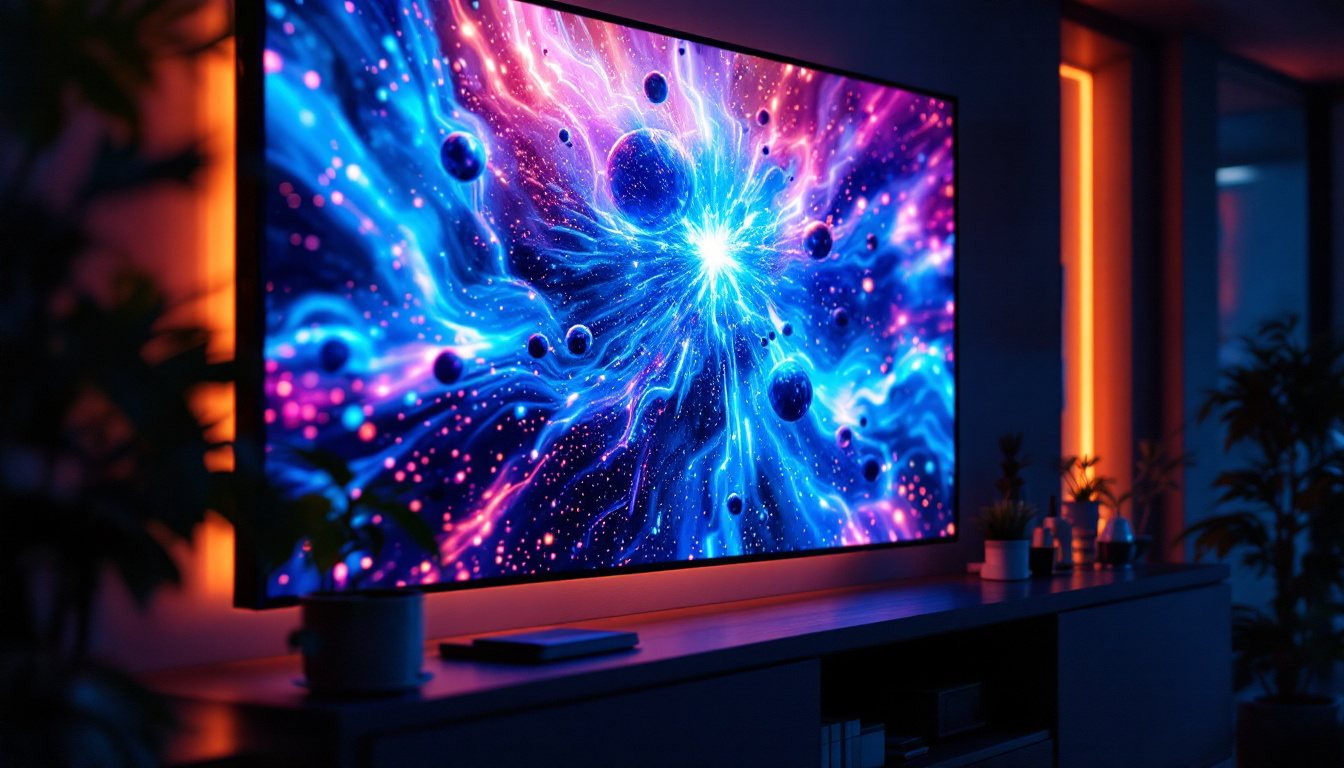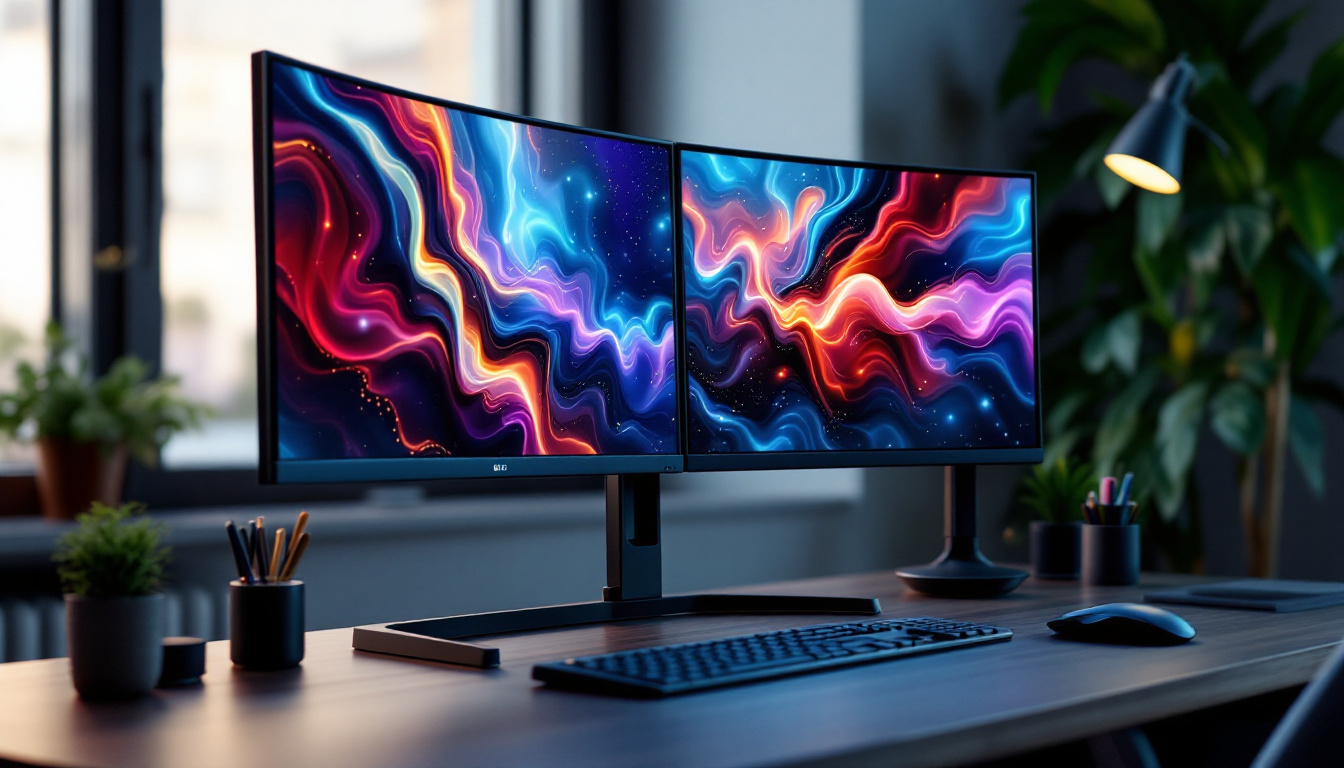In the rapidly evolving world of technology, LED displays have emerged as a cornerstone of visual communication. From advertising billboards to television screens, LED technology has transformed how information is presented and consumed. This article delves into the intricacies of LED displays, exploring their functionality, applications, and the innovative contributions of Simpcity.M in this field.
Understanding LED Technology
LED, or Light Emitting Diode, is a semiconductor device that emits light when an electric current passes through it. This technology has revolutionized the display industry due to its efficiency, longevity, and versatility. Unlike traditional incandescent bulbs, LEDs consume significantly less power and have a much longer lifespan, making them an environmentally friendly choice. The shift to LED technology has not only impacted consumer electronics but has also influenced various sectors, including automotive lighting, street lighting, and even horticulture, where specific wavelengths of light are utilized to enhance plant growth.
The Mechanism Behind LEDs
The core principle of LED technology lies in electroluminescence. When electrons recombine with holes within the device, energy is released in the form of photons, which we perceive as light. The color of the light emitted depends on the materials used in the semiconductor. For example, different combinations of gallium, arsenide, and phosphorous can produce various colors, ranging from red to blue. This versatility allows for the creation of full-spectrum lighting solutions that can be tailored for specific applications, from mood lighting in homes to high-intensity lighting in industrial settings.
Additionally, the construction of the LED itself plays a crucial role in its performance. Modern LEDs are often encapsulated in a resin that protects them from environmental factors while enhancing light output. This encapsulation also aids in the diffusion of light, ensuring a uniform brightness across the display. Furthermore, advancements in thermal management technologies have improved the efficiency of LEDs, allowing them to operate at higher temperatures without compromising performance or lifespan. This is particularly important in applications where heat dissipation is a concern, such as in automotive headlights or high-powered lighting fixtures.
Advantages of LED Displays
LED displays offer a plethora of advantages that make them the preferred choice for various applications. One of the most significant benefits is their energy efficiency. Compared to traditional display technologies, LEDs consume less power, which translates into lower operational costs. This efficiency is not only beneficial for consumers but also contributes to a reduction in carbon footprints, aligning with global sustainability goals.
Moreover, LED displays are known for their brightness and clarity. They can produce vivid colors and maintain visibility even in direct sunlight, making them ideal for outdoor advertising. Their durability is another key factor; LEDs are resistant to shocks and vibrations, ensuring a longer lifespan and reduced maintenance costs. In addition to these practical benefits, the rapid development of LED technology has led to innovative applications such as flexible LED screens and transparent displays, opening new avenues for creative design in advertising and architecture. As technology continues to evolve, the potential for LED applications seems limitless, promising exciting advancements in how we interact with light and visual information.
Applications of LED Displays
LED displays are ubiquitous in modern society, serving a myriad of purposes across different sectors. Their versatility allows them to be used in various formats, including screens, panels, and signage. Below are some prominent applications of LED technology.
Advertising and Marketing
In the realm of advertising, LED displays have become a game-changer. digital billboards and signs can display dynamic content that can be updated in real-time, allowing businesses to engage with customers more effectively. This capability not only enhances visibility but also increases the potential for higher conversion rates.
Additionally, LED displays can be strategically placed in high-traffic areas, ensuring maximum exposure. The ability to showcase vibrant colors and animations captures the attention of passersby, making LED advertising a powerful tool for brand promotion.
Entertainment and Events
In the entertainment industry, LED displays are vital for concerts, sports events, and festivals. Large-scale LED screens provide audiences with an immersive experience, ensuring that everyone can see the action, regardless of their seating position. The flexibility of LED technology allows for creative stage designs and stunning visual effects that enhance the overall atmosphere.
Moreover, LED walls can be programmed to synchronize with music and performances, creating a cohesive and engaging experience for attendees. This integration of technology and art has redefined live entertainment, making it more accessible and enjoyable.
Public Information and Transportation
LED displays are increasingly used in public transportation systems to provide real-time information to passengers. Train and bus stations utilize LED screens to display arrival and departure times, ensuring that commuters are well-informed. This not only improves the efficiency of public transport but also enhances the overall user experience.
Furthermore, LED technology is employed in traffic management systems, where dynamic message signs provide crucial information to drivers, such as road conditions and detours. This application of LED displays contributes to safer and more efficient transportation networks.
Simpcity.M: Pioneering LED Display Solutions
Simpcity.M has emerged as a leader in the LED display industry, known for its innovative solutions and commitment to quality. The company has developed a range of products that cater to various sectors, from advertising to public information systems. Their approach combines cutting-edge technology with user-friendly designs, making it easier for clients to implement and manage their displays.
Product Offerings
Simpcity.M offers a diverse portfolio of LED display products, including indoor and outdoor screens, transparent displays, and customized solutions. Each product is designed with specific applications in mind, ensuring that clients receive the best possible performance for their needs.
One of the standout products from Simpcity.M is their modular LED display system. This system allows for easy assembly and disassembly, enabling users to create displays of varying sizes and shapes. This flexibility is particularly beneficial for events and temporary installations, where adaptability is key.
Commitment to Sustainability
In an era where environmental concerns are paramount, Simpcity.M is dedicated to sustainability. The company employs eco-friendly materials in its products and focuses on energy-efficient designs. By reducing power consumption and utilizing recyclable components, Simpcity.M aims to minimize its environmental footprint while delivering high-quality displays.
Furthermore, the longevity of LED technology aligns with sustainability goals. With a lifespan that often exceeds 100,000 hours, LED displays reduce the need for frequent replacements, thereby decreasing waste. Simpcity.M’s commitment to sustainability not only benefits the environment but also appeals to eco-conscious consumers.
Innovative Features
Simpcity.M continuously strives to enhance its products with innovative features that improve user experience. One such feature is the integration of smart technology into their displays. This allows users to control and manage their LED screens remotely, providing real-time updates and content changes from anywhere in the world.
Additionally, Simpcity.M incorporates advanced image processing technology to ensure that colors are vibrant and images are sharp. This attention to detail enhances the overall visual quality of their displays, making them suitable for high-stakes environments where clarity is crucial.
Future Trends in LED Display Technology
The LED display industry is poised for significant advancements in the coming years. As technology continues to evolve, several trends are expected to shape the future of LED displays.
Increased Resolution and Pixel Density
As consumer demand for high-quality visuals grows, manufacturers are focusing on increasing the resolution and pixel density of LED displays. This trend is particularly evident in the rise of 4K and 8K displays, which offer unparalleled clarity and detail. Higher resolutions will enhance the viewing experience, making LED displays even more appealing for various applications.
Moreover, advancements in microLED technology are paving the way for smaller pixels and improved performance. This innovation allows for more compact displays without sacrificing quality, making it possible to create seamless video walls that captivate audiences.
Integration with Augmented and Virtual Reality
As augmented reality (AR) and virtual reality (VR) technologies gain traction, LED displays are expected to play a crucial role in their development. High-quality LED screens can enhance AR and VR experiences by providing vibrant visuals that immerse users in digital environments.
Furthermore, the integration of LED displays with AR applications can create interactive experiences that engage users in new and exciting ways. This synergy between technologies is likely to redefine how information is presented and consumed in various sectors, including education, entertainment, and marketing.
Advancements in Connectivity and Interactivity
The future of LED displays will also see improvements in connectivity and interactivity. With the rise of the Internet of Things (IoT), LED displays will become more interconnected, allowing for seamless integration with other devices and systems.
This enhanced connectivity will enable users to create more dynamic and interactive content, fostering greater engagement with audiences. For instance, displays could respond to viewer interactions, such as touch or motion, creating a more immersive experience.
Conclusion
LED displays have revolutionized the way information is conveyed and consumed across various sectors. Their efficiency, durability, and versatility make them an indispensable tool in modern communication. As technology continues to advance, companies like Simpcity.M are at the forefront of innovation, providing cutting-edge solutions that meet the evolving needs of consumers.
With a commitment to sustainability and a focus on enhancing user experience, Simpcity.M is poised to lead the charge in the LED display industry. As trends such as increased resolution, integration with AR and VR, and advancements in connectivity take shape, the future of LED displays promises to be exciting and transformative.
In conclusion, understanding LED technology and its applications is essential for anyone looking to leverage its benefits. Whether for advertising, entertainment, or public information, LED displays will continue to play a pivotal role in shaping the visual landscape of our world.
Explore Cutting-Edge LED Displays with LumenMatrix
Ready to elevate your visual communication with the latest in LED technology? Discover LumenMatrix’s innovative range of LED display solutions, from vibrant Indoor and Outdoor LED Wall Displays to dynamic Vehicle and Sports LED Displays. Whether you’re looking to captivate with a Custom LED Display, engage with an All-in-One solution, or innovate with LED Transparent Displays, LumenMatrix is your partner in creating unforgettable visual experiences. Check out LumenMatrix LED Display Solutions today and transform how your audience connects with your brand.

